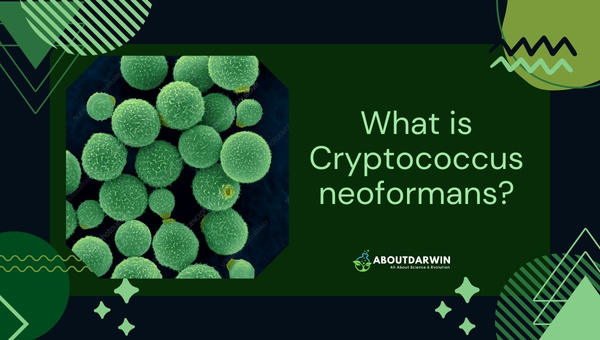Physical Address
304 North Cardinal St.
Dorchester Center, MA 02124
Are you looking forward to demystifying the world of microbiology, particularly in the context of the detection of Cryptococcus neoformans? Well, you’re on the right track! The use of birdseed agar has proven to be one of the most reliable methods when dealing with this yeast pathogen.
Bird seed agar serves as an ideal culture medium for isolating Cryptococcus neoformans, an encapsulated fungus prevalent in soil and bird droppings.
Its recognition is paramount due to its critical impact on public health; if left undetected or untreated, it can cause devastating diseases such as meningitis, especially among immunocompromised individuals.
Contents
Cryptococcus neoformans is a kind of encapsulated yeast fungus that typically presents in immune-compromised individuals, inducing severe infectious diseases like meningitis.

It can be found distributed worldwide in soil and bird droppings, which provide ideal conditions and support for its reproduction.
Also Read: Planning a Perfect Family Reunion: A Comprehensive Guide
Bird seed agar consists of multiple components that are necessary for the growth and differentiation of Cryptococcus neoformans. The main ingredient, Niger seeds (also known as Guizotia abyssinica), is supplemented with creatinine, dextrose, di-ammonium tartrate, and agar.
Together, these ingredients create an ideal environment for C. neoformans to grow and reproduce effectively, which leads to distinctive colonies that are simpler to isolate.
Also Read: How Long Does MyHeritage DNA Test Take to Provide Result?
While birdseed agar is specifically formulated for detecting Cryptococcus species, it isn’t always foolproof.

| Media Type | Pros | Cons |
|---|---|---|
| Bird Seed Agar | Specialized for Cryptococcus neoformans, it Enhances melanin production, which aids identification. | Not as versatile, Some other yeast organisms may also grow |
| Sabouraud’s Agar | Versatile: Allows growth of most fungi and yeasts; Affordable & widely available. | Non-specific: Makes distinguishing between different organisms difficult |
| Potato Dextrose Agar (PDA) | Promotes abundant sporulation in many fungi | Inhibits the growth of some bacteria but allows others; might allow overgrowth of contaminants |
Also Read: Sabouraud Dextrose Agar (SDA): Composition, Uses, and More
Sunflower seeds are the seeds favored by most seed-eating birds.
Raw Materials. The most commonly used birdseed ingredients are sunflowers, corn, millet, fruits (such as raisins and cherries), and peanuts.
Birdseed agar comprises Guizotia abyssinica seeds, creatinine, and dextrose, which provide nutrients for the growth of C. neoformans.
The seed extract contains caffeic acid, which serves as a substrate for phenol oxidase, an enzyme present in the cell wall of C. neoformans.
Bird Seed Agar (Staib’s Medium) is used for selective isolation and differentiation of Cryptococcus neoformans from other Cryptococcus and other yeasts.
Also Read: Haemolysis in Streptococci: Types and Health Impact
In conclusion, Bird Seed Agar serves as a unique and specialized medium for the isolation and identification of Cryptococcus neoformans. Despite potential challenges such as lesser versatility compared to other mediums, its perks can’t be ignored.
The enhancement of melanin production it provides allows for easier identification of this specific yeast organism. Opting for Bird Seed Agar in laboratory settings simplifies the process of isolating Cryptococcus neoformans effectively, proving its worth in aiding critical medical diagnostics and treatments.